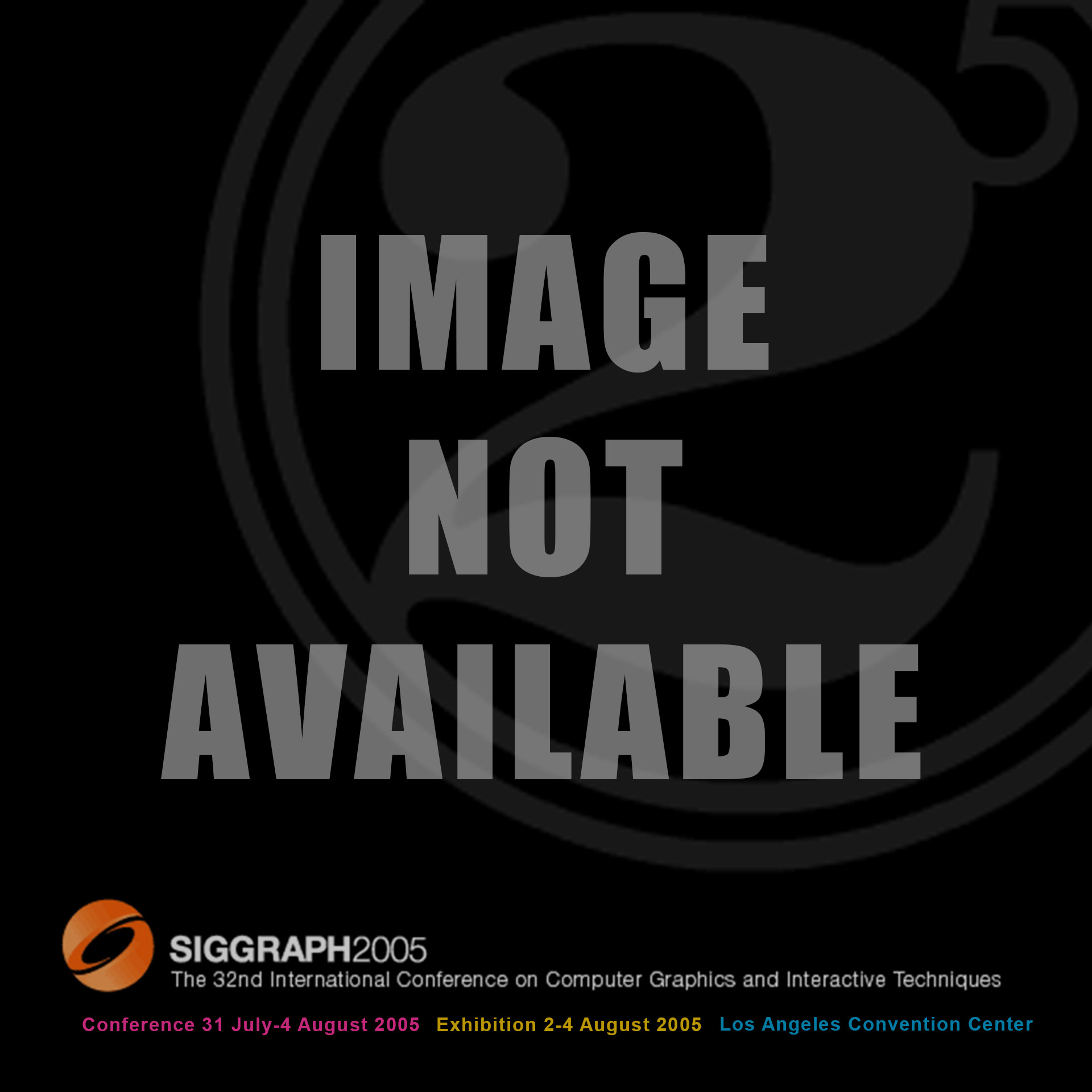“Modular Small-Scale Media: Achieving Community Curation throughout Rural Alaska” by Topp and Din
Conference:
Type(s):
Title:
- Modular Small-Scale Media: Achieving Community Curation throughout Rural Alaska
Presenter(s)/Author(s):
Abstract:
Children learn best when they are actively involved in hands-on experiences with clear connections between their new experiences and what they already know (Din 2004). Children are born with a natural curiosity, and allowing children to discover for themselves is fundamental framework of the concept of object-based learning, allowing museum collections such as historical photographs, artifacts, and multimedia interpretation to be primary resources for children to learn, discover, and explore. Object-based learning offers a unique opportunity by connecting to a real-world context and involving children in sensory-rich activities with a meaningful problem solving capacity. Alvarado and Herr define object-based learning as “an instructional strategy that is based on the idea that people can learn from an object by exploring the object itself and its context. The strategy is based on the belief that there is an interconnection between an object and the ideas that it communicates.” They also stated that “Study of the object can also serve as a jumping off point for discovery of the cultural, social, political, and personal context of an object’s creation or purpose.”
Alaska is home to diverse peoples facing different challenges and living in vastly different environments. With each wave of newcomers to the state, new layers have been added to the state’s historical and cultural tapestry. This tapestry, formed by the unique Alaskan environment, requires new initiatives to connect people from these seemingly disparate populations (Din 2004). The inclusive nature of object-based learning and technology-based initiatives allow the museum to play an active role in bridging students and communities in a new way of sharing, even when they live thousands of miles from each other.
Multimedia interpretation in the targeted form of small-scale video and animation has become an important tool for defining that context. In the design and construction of the University of Alaska Museum of the North’s (UA Museum) new art gallery, multimedia interpretation is intended to play an important role but cannot be allowed to intrude upon the museum visitor’s traditional art gallery experience. That is, the visitor must be allowed to experience art with minimal interpretation and yet have quick access to not only simple label information but extensive educational content rooted in the artwork.
The UA Museum’s current educational objectives stem from Alaska’s teachers’ expressed concern for a lack of Alaskan physical and multimedia resources when teaching the humanities. Most examples in school textbooks are transposed from the lower- 48 states. When Alaskan, the topics appear so generalized, local students have difficulty connecting to them. By using museum objects to connect students to their community elders, to the landscapes, to the plants and animals, and to the contemporary social, political, and economic environments, our education projects strive to help students develop a sense of local responsibility and an ownership as involved members in their statewide communities. Because Fairbanks and Alaska rural students come from culturally diverse backgrounds and are often separated from family between villages or in the lower-48 states, the projects emphasize an appreciation for individual experiences and backgrounds while highlighting the similarities, not the differences between cultures.





